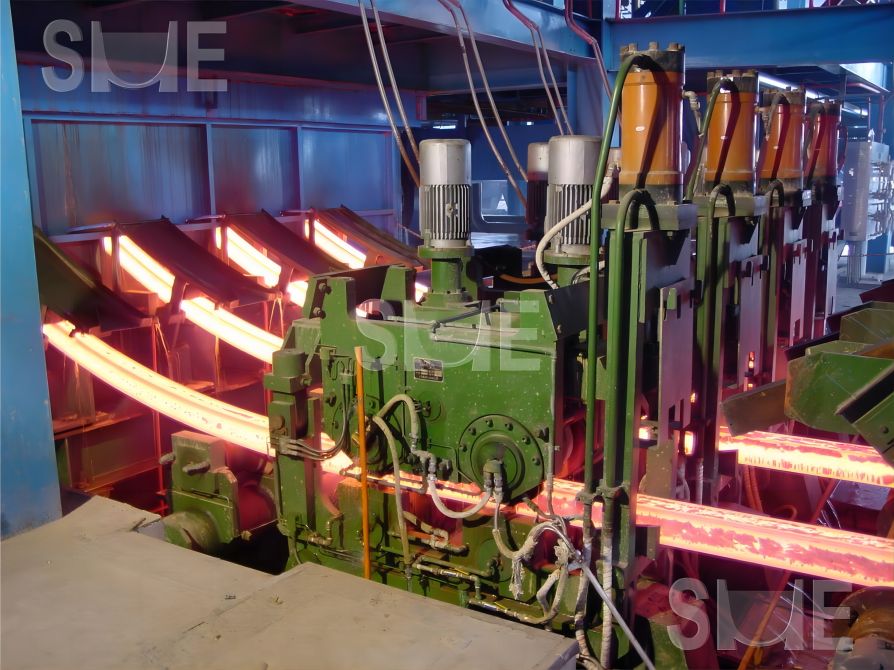Stainless steel is divided into: ferritic stainless steel, austenitic stainless steel, martensitic stainless steel, austenitic-ferritic duplex stainless steel, precipitation hardening stainless steel (PH) according to the organizational structure characteristics.
300 series stainless steel are chromium-nickel austenitic.
301 SS is good ductility, good weldability, better wear resistance and fatigue strength than 304 steel.
302 steel has same corrosion resistance as 304, better strength due to relatively higher carbon content.
303 SS is easier to machine than 304 by adding small amounts of sulfur and phosphorus.
304 SS has good corrosion resistance, heat resistance, low temperature strength and mechanical properties; good hot workability such as stamping and bending, no heat treatment hardening phenomenon.
309 steel has better temperature resistance than 304.
316 as most widely used steel,due to the addition of molybdenum to obtain a special structure to resist corrosion, also used as "marine steel". SS316 is usually used in nuclear fuel recovery devices.
321 is added titanium for reducing the risk of weld corrosion and other properties of 321 steel are similar to of 304.
400 Series belong to Ferritic and martensitic stainless steels
408 steel is good heat resistance, weak corrosion resistance.
409 materials used as an automotive exhaust pipe is a ferritic stainless steel (chromium steel).
410 steel is martensitic (high strength chromium steel), good wear resistance, poor corrosion resistance.
420 steel is martensitic steel, similar to Brinell high chromium steel, used for surgical tools.
430 Ferritic stainless steel with good formability, but less temperature and corrosion resistance.
440 High strength sharpening steel with high yield strength and hardness up to 58 HRC after proper heat treatment.
500 series are heat-resistant chromium alloy steel
600 series - precipitation hardening stainless steel
630 - The most common type of precipitation hardening stainless steel, also commonly called 17-4PH, 17% Cr-4% Ni.
